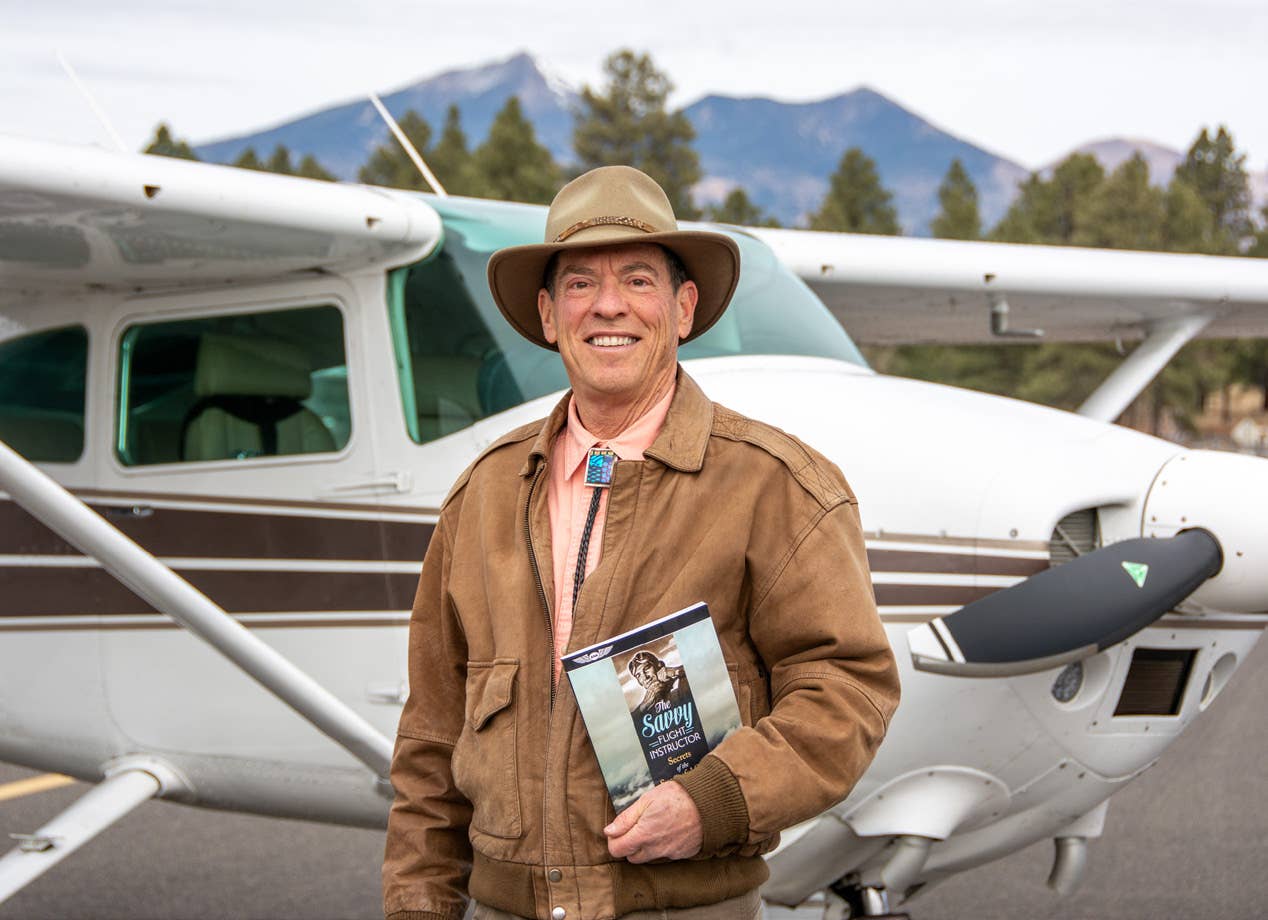
Johnny Lye / iStockphoto
Harry Kraemer is an ATP, CFI-I, MEI, Master Flight Instructor and president of Kraemer Aviation Services (flymall.org) He says:
"There is an old aviation saying: 'Good judgment comes from experience, and experience comes from bad judgment.' And another that goes: 'A superior pilot uses his superior judgment to avoid those situations which require the use of superior skill.' But how do we get that 'good or superior judgment'? The FAA does not tell flight instructors how to teach judgment. However, FAA manuals do define pilot judgment as the mental process by which pilots recognize, analyze and evaluate information regarding themselves, the aircraft and the external environment. And they go on to say that good pilot judgment can be developed as part of a flight-crew training program.
"So how do we teach good judgment? Judgment goes hand in hand with decision-making and experience. So perhaps the key to teaching judgment (good judgment) is to give your students the necessary tools and skills so that they demonstrate 'good' decision-making skills, and through their good decision-making skills they will gain experience at their own comfort level.
"Pilots can relate to real-life stories or experiences from other pilots. There is nothing better than to learn from others' mistakes. So share your experiences. Talk about early fuel stops and weather delays.
"Years ago I was told a story about an airline captain on a flight from the West Coast to New York. As the flight neared Ohio, ATC said there would be a delay of about an hour. ATC was giving holding instructions to pilots, and most said that they had enough fuel to hold. This particular captain decided to land and take on fuel. After refueling, he returned to altitude only to hear the other flights saying they had to land as soon as possible for fuel. Our captain displayed good judgment. He evaluated the weather and the amount of traffic on the frequency and decided to land early and get fuel. As it turns out, his flight was one of the first into JFK. Perhaps his good judgment was because of his experience.
"So back to our question of teaching judgment. We as flight instructors may not teach judgment directly. However, we teach decision-making, and we can give our students tools to assist them in their decision-making process, and thus they will be gaining experience. And it is their experience that will give them good judgment."
Jon Cooke is a Master Flight Instructor who's been a flight instructor for 18 years and holds ATP and CFI-I/MEI certificates in both the United Kingdom and the United States. He's head of training for the Light Aircraft Association in the United Kingdom and specializes in instructor and vintage aircraft training with On-Track Aviation (ontrackaviation.com). He says:
"To develop judgment, instructors must allow students to take an active role in aeronautical decision-making whilst preflight planning, during flight and post flight, from the beginning of their training.
"In flight, students should be allowed sufficient time and latitude, when errors are made, to go through the cognitive process required to assess an error and make a correction. If that ultimately means they have to go around or divert, then great! They will have practiced good judgment.
"Understanding how pilots make decisions, and teaching students how to modify their behavior, is teaching judgment. Instructors can review with students the decisions made by pilots who feature in accident reports; students should consider using their own judgment in these examples to provide a safe outcome.
"Explaining the 'what' and the 'why' when instructing also results in greater knowledge and understanding by the student, which in turn leads to greater situational awareness. For example, to say 'Do not fly into a thunderstorm' provides insufficient information. The instructor must explain the 'what,' 'why' and 'how.' What is a thunderstorm? Why do you want to avoid it? How do you avoid it? Consider three levels of situational awareness: notice — the wind is 270/20G30; understand — 270/20G30; I've got a crosswind of 25 knots: think ahead — what am I going to do if the wind increases? What if? By teaching pilots to attain a higher level of situational awareness, they have more pertinent information to feed into the decision-making process, thereby allowing better judgment."

Sign-up for newsletters & special offers!
Get the latest FLYING stories & special offers delivered directly to your inbox






